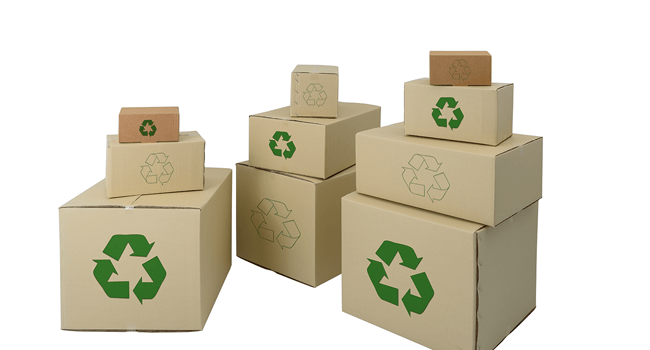The abundance of synthetic plastic materials in household waste is motivating governments and the citizenry to expand regulatory oversight of packaging selection in favor of sustainable packaging. A new report from Smithers,
The Future of Sustainable Packaging Long-Term Strategic Forecasts to 2032, focuses on this developing global situation over the next decade. It examines continued economic development of the lower income countries of the world, public attitudes about sustainable packaging, the approaches of “recyclable” and “recycled content” packaging, recycling technologies, and the replacement of virgin materials for recycled ones over the next 10 years.
Regulation
Government regulation of packaging material and format design has yet to come together into any single approach. The subject has stimulated many proposals, not all of which seem to focus on lowering package disposal expenses. This new study from Smithers considers the many forces and suggestions that will accomplish the new regulatory status though 2032. The uncertainties more often center on social and political factors than technical ones. Change is sure and the future of consumer packaging will reflect the most effective and influential elements of the consumer packaged goods industry.
Legislator and regulator attention are being given to:
•Recyclable and recycled content are favoured over compostable, renewably sourced, refillable, and source reduced.
•Any label declaration about the sustainability of a product or its packaging needs verifiable documentation, usually in compliance with specific national regulations (independent third-party verification/certification is a frequent requirement.
•A 30-year-old model of Extended Producer Responsibility (EPR), informed with the continual improvements of the Duales System Deutschland (Dual System of Germany), is the preferred system for funding and managing municipal solid waste.
Packaging materials are not intrinsically recyclable. Such a characterization involves not only the material, but also the availability of an infrastructure to collect, sort, recover, and repurpose material from empty package discards. The technologies of interest here involve the materials in a package and the infrastructure available in the vicinity of the discarded packages.
Research and development projects have provided some advances in sorting mixed plastic collections in MSW, but the value of the recovered plastics in most cases does not justify warranted investing in them.
Simplifying plastic structures, particularly for multiple material flexible packaging, can eliminate the mixing problem before they become empty packages. This design element provides a promising future for mono material flexible packages.
A relatively new technology, “chemical recycling” offers the ability to disassemble a mix of different kinds of plastic into their molecular precursors. Those molecules can then be separated using existing fossil fuel refining techniques. The process is promising but has significant resistance from special interest groups. They consider it just another form of waste incineration.
Economics and demographics
The positive correlation of economic growth (e.g., per capita GDP) and the generation of packaging waste is well-established in international global development efforts. Historically, waste generation is recognized as an inevitability that a now more prosperous society must manage.
The same correlation suggests that high income countries experience generation of packaging at a high per capita rate. These countries for the most part have developed some system of waste collection and disposal. These systems reflect a cost to the government for which packaging is an obvious cause and a frequently suggested opportunity for cost savings. These same governments have already invested in programs to clean up air and water quality. The challenge of better managing these household waste should be addressed as well by the societies.
Consumer attitudes
Globally, the trend towards higher average population age suggests that the consumers of tomorrow will differ from those of today. Research shows that sustainability principles register high on the priorities of these younger generations. Surveys show that these priorities influence consumer decisions to choose products considered more sustainable. Together with the younger generational attitudes about sustainability comes their insistence on corporate ethics and transparency.
Brand and retailer attitudes
The success of brand owners and retailers depends on close and constant awareness of consumer values. Sustainable packaging, among many others, is one of those. As their values have extended beyond simple trust in a buying and selling relationship, basic social issues now more heavily influence consumer choices.
Both producers and sellers in the value chain understand that consumers want relief from the apparently unmanageable volumes of empty discarded packages. In the context of climate change, fossil fuel disruptions, and supply chain problems, commercial players understand that sustainable packaging is an abiding expectation of consumers for the products they buy.
As a result, retailers and brand owners have stated voluntary targets for offering what the public considers sustainable packages. In pursuit of these targets, the players must comply with various national truth and labelling regulations.
For more information on The Future of Sustainable Packaging Long-Term Strategic Forecasts to 2032, visit https://www.smithers.com/services/market-reports/packaging/the-future-of-sustainable-packaging-long-term.
